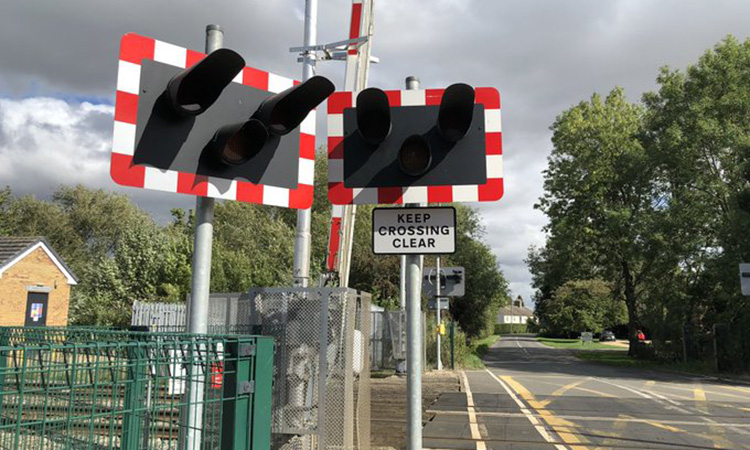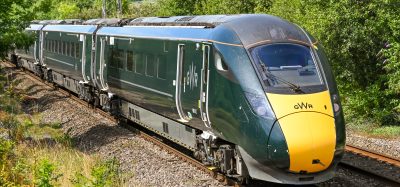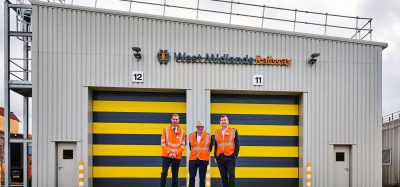More accessible guidance on level crossing safety in UK proposed by ORR
Posted: 20 January 2021 | Global Railway Review | No comments yet
ORR’s draft guidance proposals aim to give the industry greater confidence in putting forward innovative designs to reduce risks and increase safety at level crossings.


Credit: Office of Rail and Road (ORR)
The Office of Rail and Road (ORR), on 20 January 2021, has proposed simpler and more accessible guidance on level crossing safety in the UK to support the rail industry, traffic authorities and local authorities in their decisions about level crossing safety. Britain has around 5,800 level crossings on its mainline railway, with around another 1,500 on heritage and minor railways, and there has been important progress in safety in recent years.
Draft proposals in the new ‘Principles for managing level crossing safety‘ by ORR are designed to improve risk assessments at level crossings and provide practical advice on how to identify and manage risks that affect the safety of people who use them.
The plans move away from the current, more prescriptive document and aim to give the industry greater confidence in putting forward innovative designs to reduce risks. The guidance focuses on the need to consider how level crossings are actually used and encourages a whole system approach by considering the user, railway and highway.
Join our free webinar: Rail cyber-security in a time of technological and regulatory transformation
Join our expert panel, including speakers from Nokia and Siemens Mobility, to explore the critical convergence of cybersecurity and 5G rail comms.
Date: 3 Dec | Time: 15:00 GMT
Can’t attend live? No worries – register to receive the recording post-event.
The principles also emphasise the importance of collaboration to remove and manage risks, and explains how cost benefit analysis can be used in decision making to allow for consideration of all relevant costs and benefits. Real-life examples will be added to further illustrate good practice.
Proposals have, so far, been welcomed by industry figures in making it easier to support designers, planners, engineers and those dealing with access and public rights of way matters.
Ian Prosser CBE, HM Chief Inspector of Railways, said: “With more than 7,000 level crossings in Britain, there is no one size fits all approach to safety. Every level crossing is different, and risk assessments should take account of the circumstances of each one. The previous guidance did not set standards, but did describe methods of operation, and, as such, has been perceived as setting requirements for level crossing design. We wanted to change that, and these new principles better empower the industry to make informed decisions about crossings. These new principles will support a focus on continued improvement in level crossing risk management.”
Head of Level Crossings at Network Rail and Chair of the industry Level Crossing Strategy Group, Rob Wainwright, said: “We welcome this updating of the level crossing guidance and the move towards a more risk-based principles approach. I thank the ORR for allowing the wider level crossing community and stakeholders to engage and input into this process. Once published, it will encourage more effective collaboration and greater innovation in level crossing risk management, which will ultimately reduce risk at level crossings in the future.”
Jay Heavisides, Principal Risk Analyst at Rail Safety and Standards Board (RSSB), said: “We welcome the new level crossing guidance principles. They encourage thinking about why level crossing risk occurs and how it could be mitigated across the different interfaces. We appreciate the collaborative approach to the development of these and look forward to continuing to work with ORR post consultation to implement them.”
Global Railway Review Autumn/ Winter Issue 2025
Welcome to 2025’s Autumn/ Winter issue of Global Railway Review!
The dynamism of our sector has never been more apparent, driven by technological leaps, evolving societal demands, and an urgent global imperative for sustainable solutions.
>>> Read the issue in full now! <<<
Related topics
Related organisations
Network Rail, Office of Rail and Road (ORR), Rail Safety and Standards Board (RSSB)







